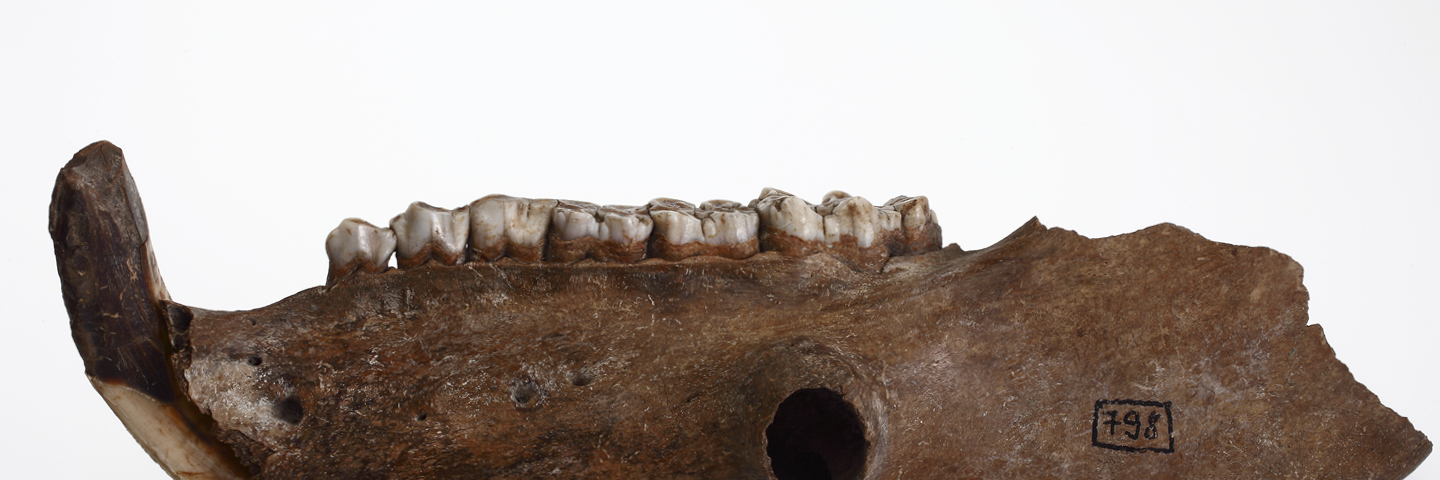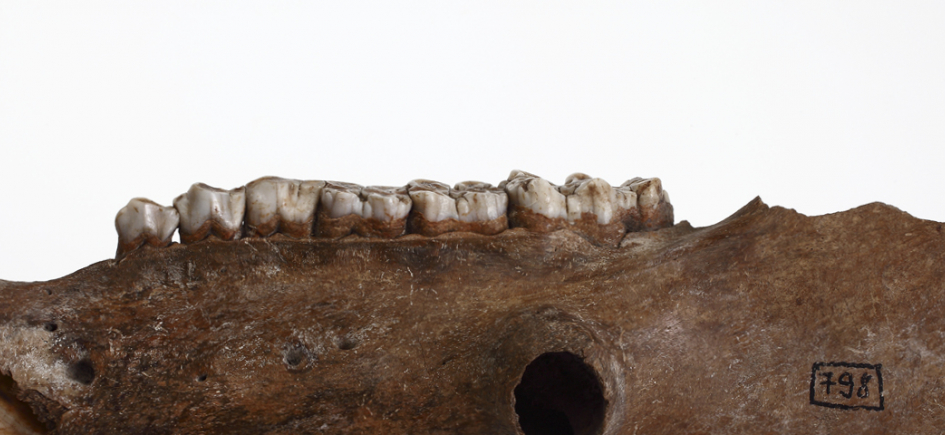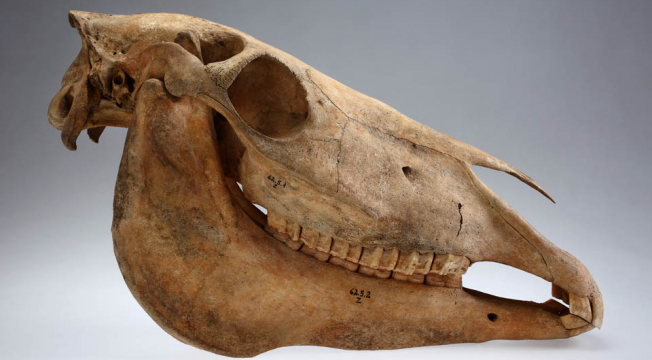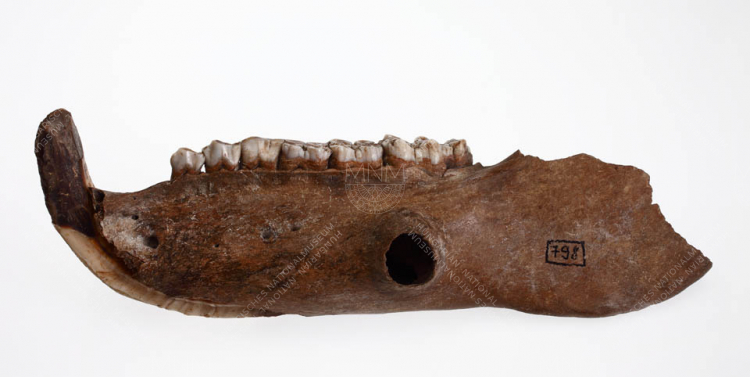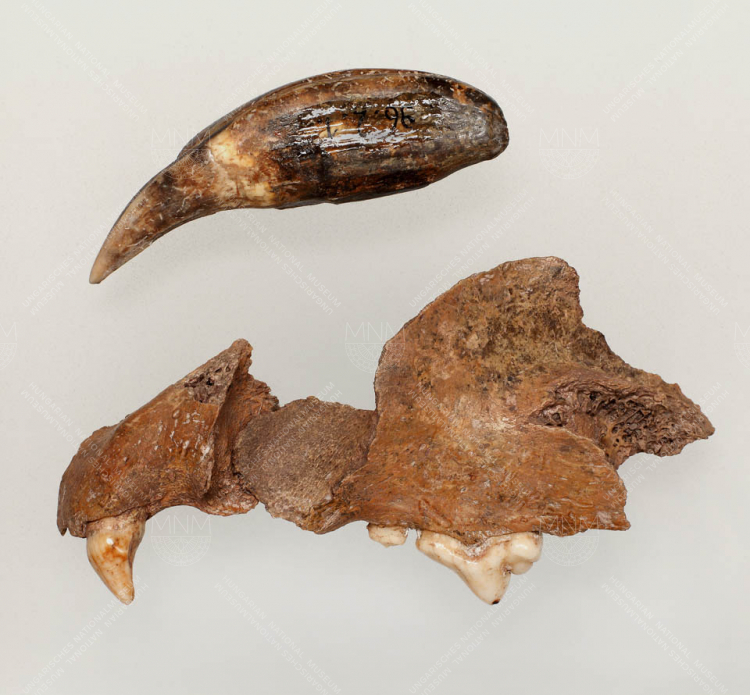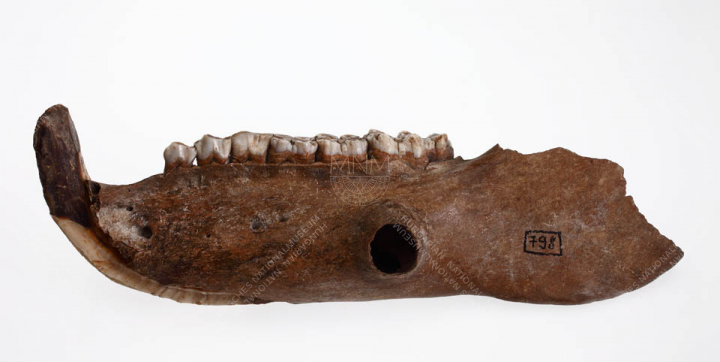
The Animal Bones Archaeological Collection at the Hungarian National Museum was created by Sándor Bökonyi in 1953, as the fifth distinct collection in the Department of Archaeology. The basis for the collection was provided by animal bone remains transferred from the Prehistoric Collection and pieces recovered during archaeological excavations at that time. The collection contains 78,513 examples of animal bone from a total of 388 find-sites. The first finds are from Magyarád (1869–70); Szihalom (1870); and Kiskevély Cave, Pusztaszentjános (1887).
Animal bone material from two excavations abroad – at Abdallah Nirqi (Nubia, 1964) and Hana (Northern Mongolia, 1963) also features in the collection.
The Hungarian National Museum’s Animal Bones Archaeological Collection contains remains from every large mammal species inhabiting the Carpathian Basin in the last 12,000 years. Moreover, part of the collection consists of documented bone remains from domestic animals kept by the peoples living in the region, the Hungarians included.
In 2004, Miklós Kretzoi’s comparative bird and mammal bones material passed to the collection, as a donation.
